The question of whether music can be classified as "high" or "low" is as old as the art form itself. For centuries, philosophers, critics, and listeners have grappled with the idea of a musical hierarchy, attempting to place certain genres, compositions, or even entire cultures on a scale of artistic merit. This debate is not merely academic; it is deeply intertwined with social class, education, race, and personal identity, making it one of the most contentious and emotionally charged topics in the world of aesthetics.
Historically, the distinction was clear and largely unquestioned within Western academic circles. So-called "high art" music—exemplified by the complex symphonies of Beethoven, the intricate fugues of Bach, or the avant-garde compositions of the 20th century—was held up as the pinnacle of human artistic achievement. This music was often created with formal training, followed established (or deliberately broke) theoretical rules, and was primarily consumed by the educated and affluent classes in concert halls and salons. Its value was deemed intrinsic, universal, and timeless.
In stark contrast, music born from folk traditions or popular culture was often relegated to the category of "low" or vernacular art. This included folk songs passed down orally, work chants, dance music, and eventually, with the advent of recording technology, jazz, blues, rock, and pop. This music was frequently created outside formal institutions, prioritized immediate emotional connection and functionality (like dancing or storytelling) over structural complexity, and was enjoyed by the masses. For a long time, critics dismissed it as simplistic, ephemeral, and commercially driven, unworthy of serious scholarly attention.
The foundation for this hierarchy was largely cultural prejudice and snobbery, often masquerading as objective criticism. The parameters used to judge "high" art—complexity of form, harmonic sophistication, and notational rigor—were themselves products of a specific Western classical tradition. Applying these same standards to a West African drumming ensemble, a Hindustani raga, or a Delta blues song is not only unfair but also intellectually bankrupt. It ignores the entirely different sets of rules, intentions, and cultural contexts that give those forms their meaning and power. A raga's profundity lies in its microtonal embellishments and spiritual purpose, metrics that a sonata form analysis could never capture.
The 20th century witnessed a powerful and necessary deconstruction of this rigid hierarchy. The rise of cultural studies, ethnomusicology, and postmodern thought challenged the very notion of objective artistic value. Scholars began to argue that value is not inherent in an object but is assigned by communities of listeners based on their own cultural frameworks and needs. A brilliantly crafted Baroque concerto and a brilliantly crafted hip-hop track can both be considered "great," but their greatness is measured by different criteria: technical mastery of an instrument versus lyrical flow and beat production, for example.
This shift is perhaps most visible in the academy itself. Universities that once exclusively taught Western classical music now have thriving programs in jazz studies, popular music, and world musics. The Beatles, once dismissed as a passing fad for teenagers, are now the subject of serious musicological analysis. This isn't to say that all music is the same; it is to argue that a vertical hierarchy with one type of music at the top is a flawed and oppressive model. A more accurate and equitable model might be a horizontal landscape of different musical cultures, each with its own internal standards of excellence.
Despite this philosophical progress, the ghost of the high-low dichotomy persists in everyday language and attitude. We see it in the term "guilty pleasure," which implies we should feel shame for enjoying a catchy pop song. We see it in the branding of certain radio stations as "classical" or "easy listening," subtly positioning them as alternatives to the "vulgar" mainstream. We see it in the condescension sometimes directed at fans of certain genres, from country to electronic dance music. This lingering bias often maps neatly onto other social prejudices, with music associated with marginalized groups (whether by race or class) being automatically deemed "lowbrow."
Ultimately, the most productive way to engage with music is not to rank it but to understand it. Instead of asking, "Is this music good?" based on a predetermined set of rules, we might ask, "What is this music trying to do? Does it succeed on its own terms? What cultural work does it perform?" A minimalist techno track aims to create a hypnotic, physical experience on the dancefloor—a goal utterly different from a Mahler symphony's aim to traverse a vast emotional universe. Judging the techno track for its lack of melodic development is as nonsensical as judging the symphony for its lack of a steady, danceable beat.
In conclusion, while the historical division of music into "high" and "low" categories is a reality of our cultural past—and a bias that still echoes today—it holds little water under modern scrutiny. Music is not a ladder to be climbed but a vast and diverse ecosystem to be explored. The true richness of musical experience lies in developing the fluency to appreciate different genres for what they are, recognizing the artistry in a powerful opera aria, a soulful gospel hymn, and a ingeniously produced pop song alike. Abandoning the outdated hierarchy doesn't diminish the masterpieces of the canon; it simply allows us to hear the masterpieces all around us with clearer, less prejudiced ears.

By /Aug 22, 2025
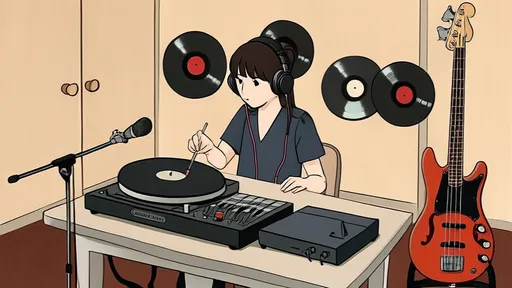
By /Aug 22, 2025
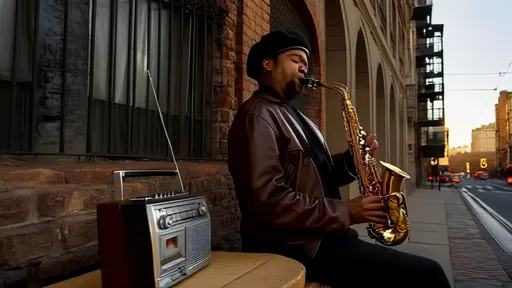
By /Aug 22, 2025

By /Aug 22, 2025

By /Aug 22, 2025
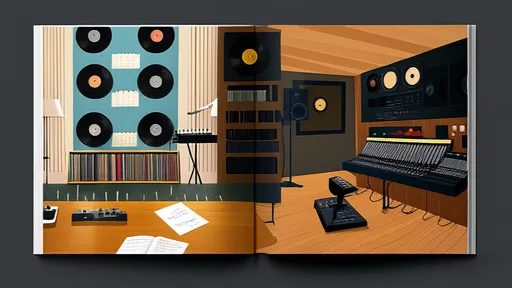
By /Aug 22, 2025

By /Aug 22, 2025

By /Aug 22, 2025

By /Aug 22, 2025

By /Aug 22, 2025

By /Aug 22, 2025

By /Aug 22, 2025

By /Aug 22, 2025
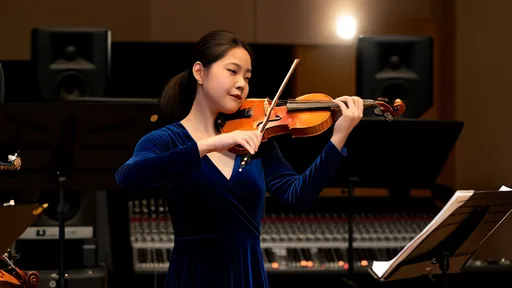
By /Aug 22, 2025

By /Aug 22, 2025

By /Aug 22, 2025

By /Aug 22, 2025

By /Aug 22, 2025
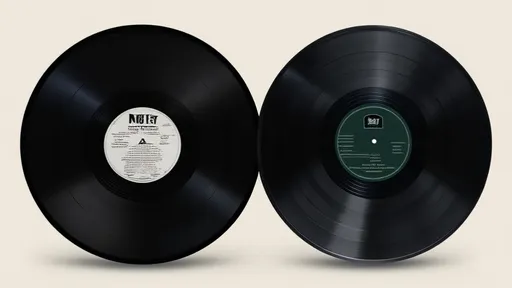
By /Aug 22, 2025

By /Aug 22, 2025